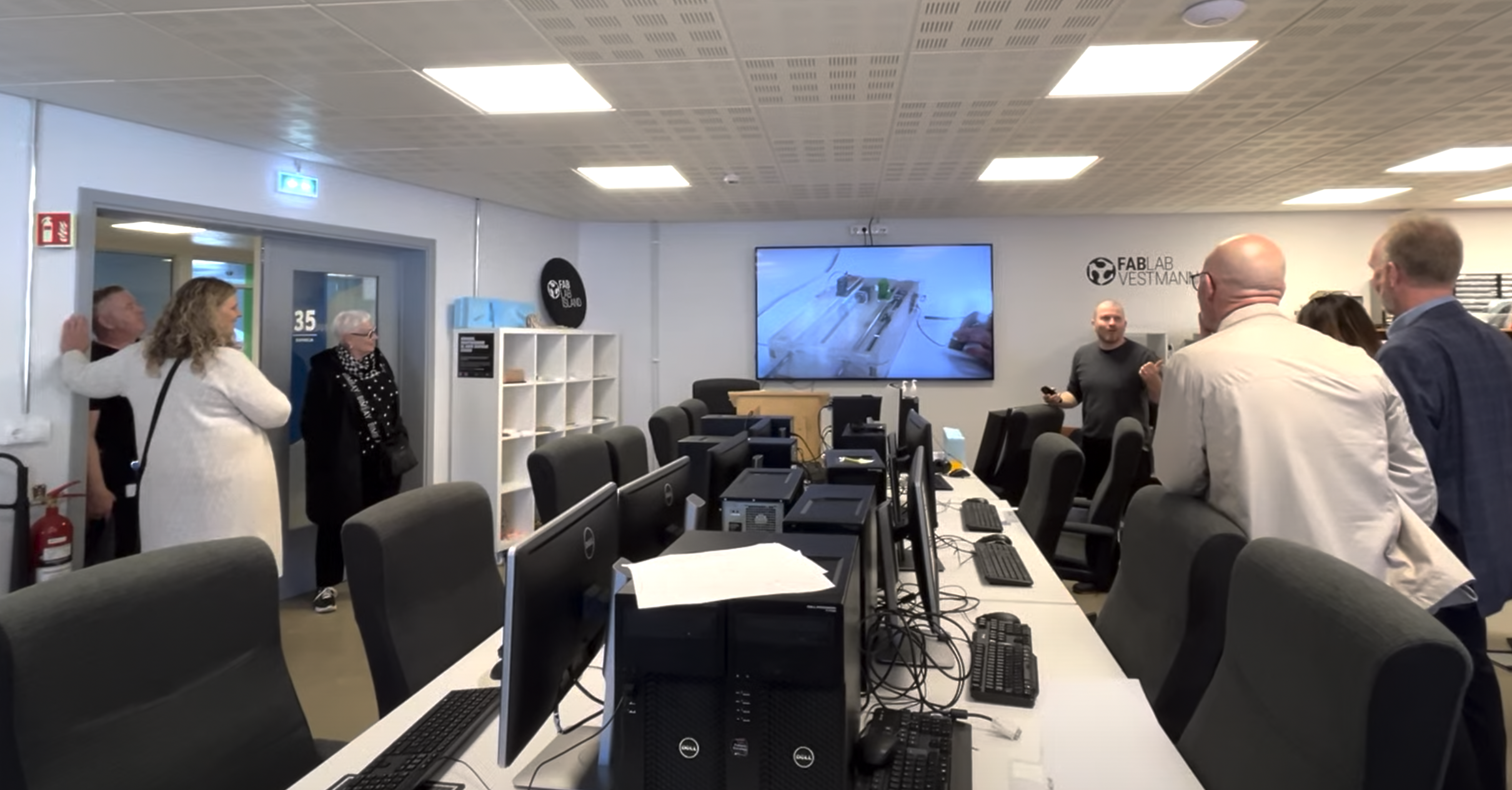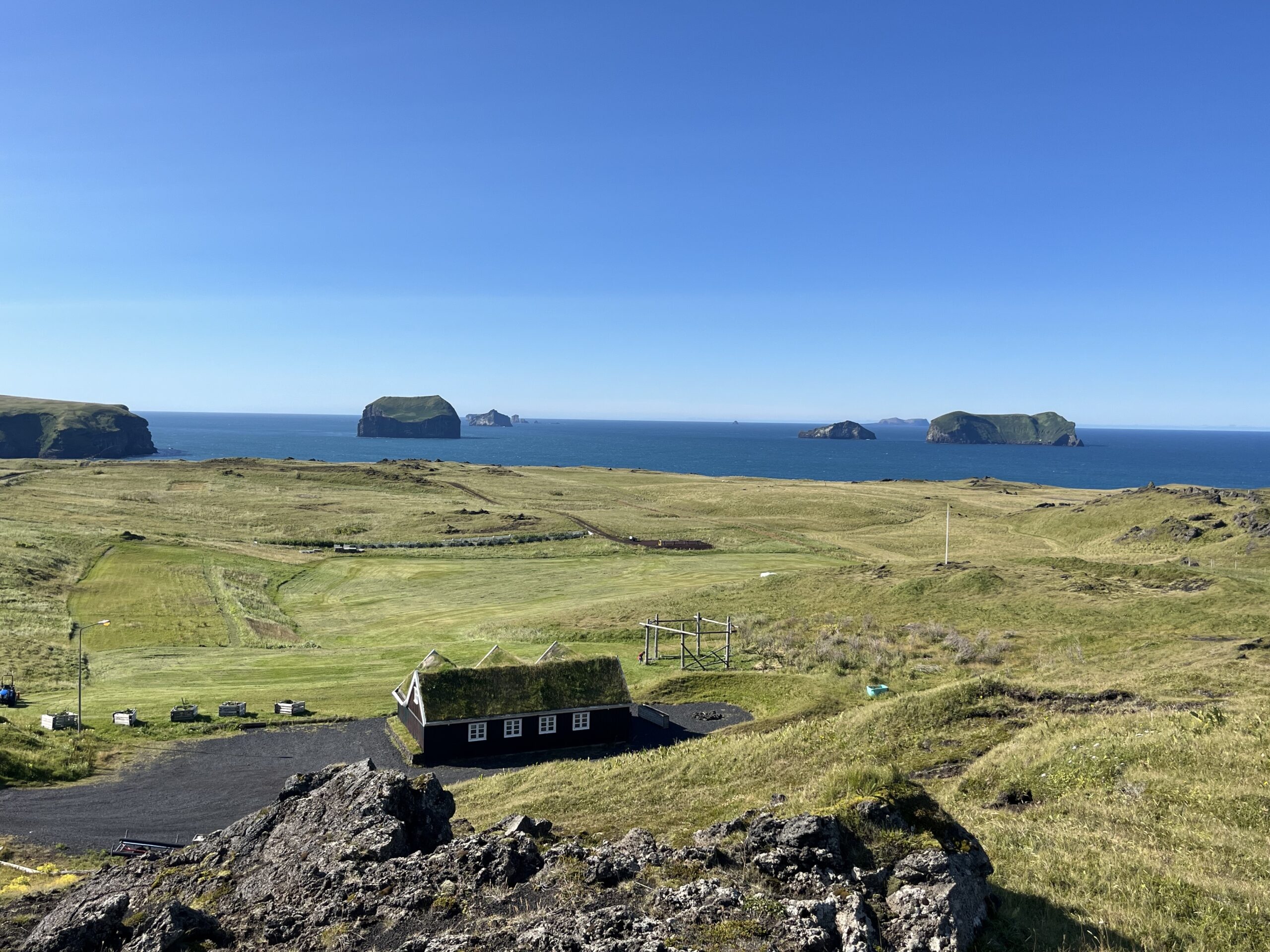Design, Nature, and Technology: A Unique alliance on Vestmannaeyjar
On Vestmannaeyjar Island, design and innovation are deeply rooted in the relationship that inhabitants maintain with nature and in their survival skills in the face of powerful natural, marine, and geological forces. Technology, designed at a human scale—by the people and for the people—opens new possibilities. The island’s FabLab lies at the heart of this approach, embodying this Icelandic island tradition. This fusion of authenticity and innovation shapes the island’s minimalist architecture and the pioneering projects led by the local Fab Lab. Under the direction of Frosti Gíslason, this digital fabrication laboratory explores ways to live harmoniously with nature by empowering the island’s community to actively engage with their environment. A nature as frightening as it is magnificent. Extreme sensations concentrated on a 5x10km land.
One such project involves a participatory action research initiative, where residents contribute to an open-source online map – https://www.map.is/vestm/- to monitor the island’s iconic puffin colonies. By gathering real-time data, this collaborative mapping effort supports conservation and helps preserve fragile ecosystems.
It is quite interesting to describe this project and to understand the mechanisms that lead the FabLab to link its skills to a citizen initiative: by mapping the trajectories of young puffins, by proposing a practical and virtuous relationship between natural ecosystems and Human Interventions, and by also involving tourism to be part of the “action” with the inhabitants by taking care of the fragility of non-human beings even in an overpowering nature.
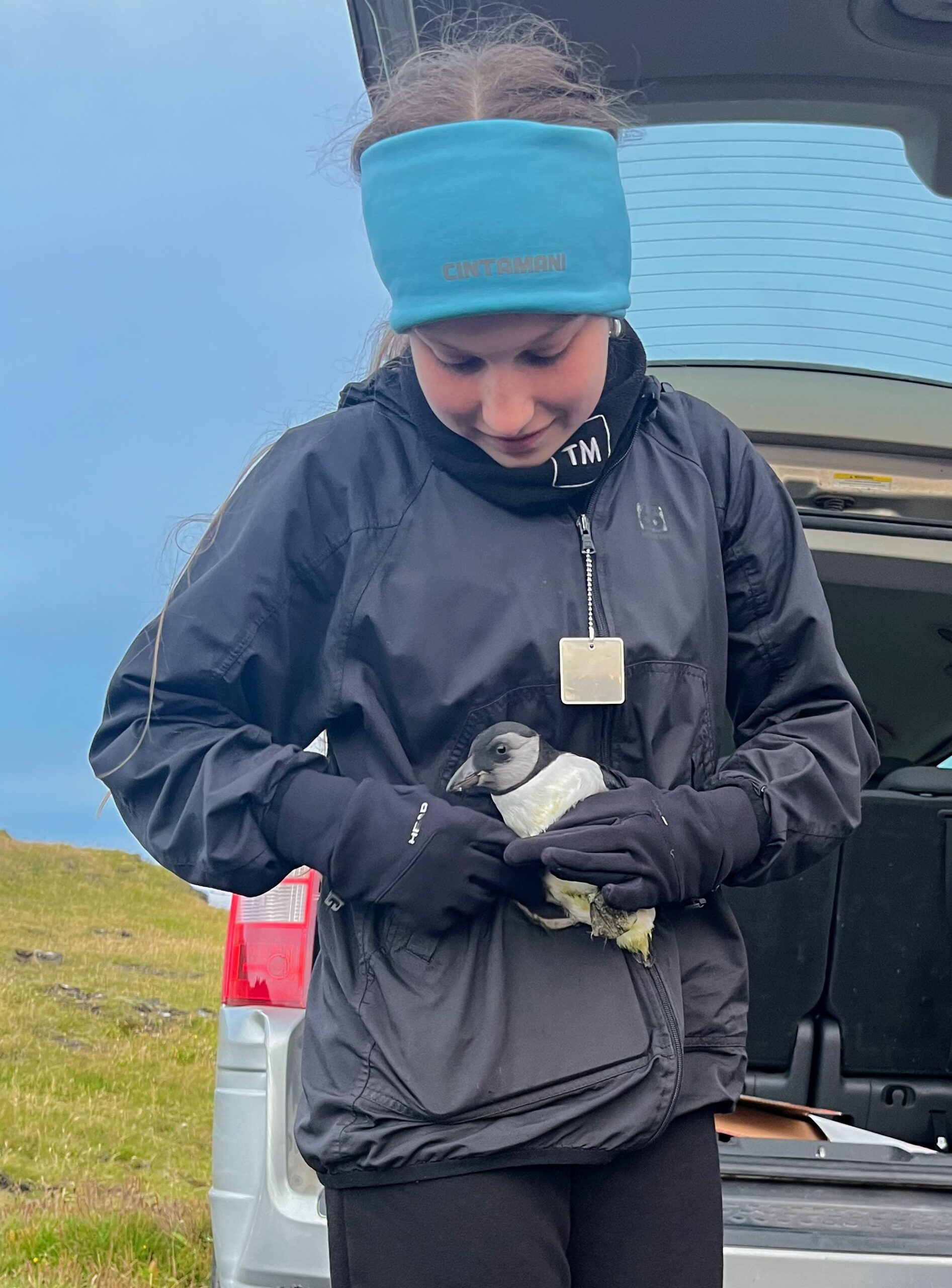
Each late summer, between August and September, young puffins—known as “pufflings”—undergo a critical transition. After being fed and protected by their parents, they leave their burrows for the first time. This departure, triggered by hunger and the absence of adults, is instinctively guided by natural light—specifically, the moon, which directs them towards the ocean.
However, in the Vestmannaeyjar archipelago, an anthropogenic variable disrupts this instinctive trajectory: urban lighting disorients some pufflings, diverting them from their natural route and leading them into inhabited areas. This disruption introduces a unique interaction between wildlife and the local community.
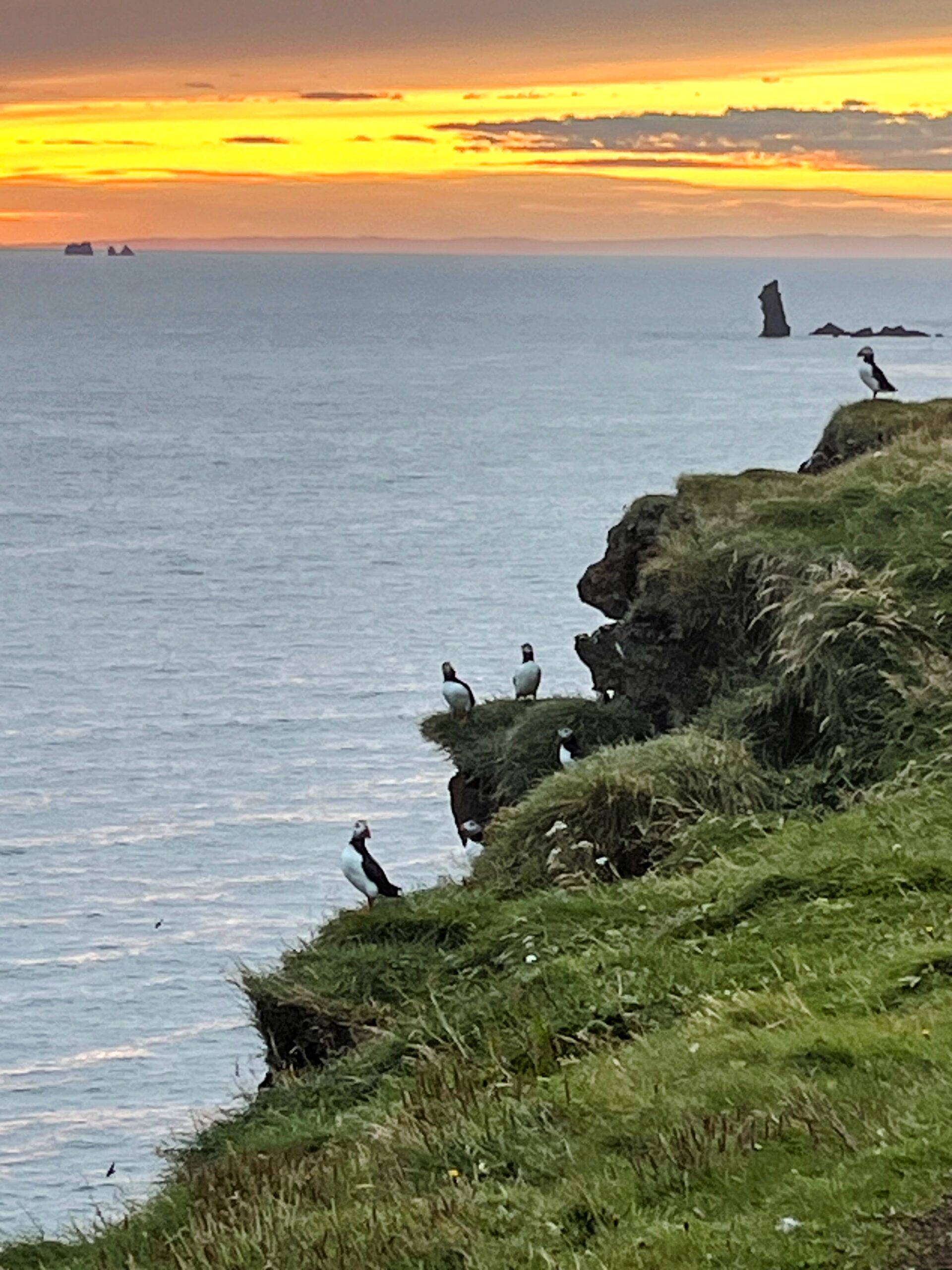
In response to this environmental misalignment, a spontaneous and intergenerational network of actors has emerged. The town’s children play a key role in reintegrating the pufflings into their marine environment. For their first night, the birds are housed in cardboard boxes before being transferred to the processing center, the “Puffling Patrol,” where their weight, wingspan, and physical condition are assessed. The protocol concludes with their relocation to the ocean.
Institutionalized in 2003, this initiative is built on an observation-based methodology and data collection, enabling the evaluation of puffin population trends and the impact of environmental factors on their trajectories. Before the program was established, cases of disoriented pufflings were rare, raising questions about ecosystem transformations and their correlation with human activity.
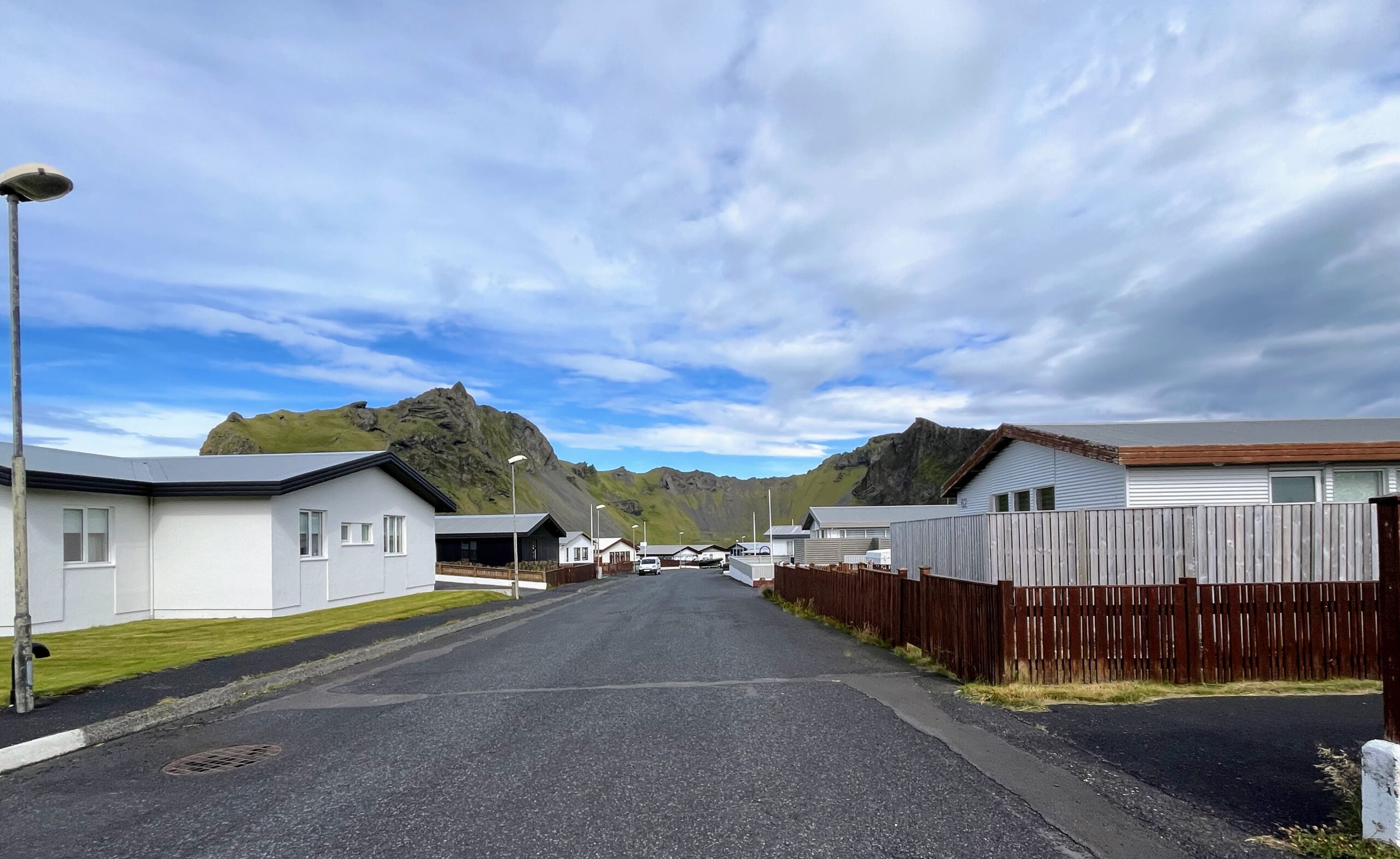
Each year, some pufflings are fitted with a metal ring, creating a valuable biological archive. Thanks to this tracking system, researchers have confirmed that puffins can live over 40 years. These data contribute to mapping demographic trends and enriching the understanding of species-environment dynamics.
The commitment of Vestmannaeyjar’s inhabitants demonstrates that coexistence between wildlife and urban spaces is not merely an issue of impact but can also foster care-based and regenerative practices. Here, rescuing a puffling is not only an act of intervention but also a contribution to a collective system of learning and ecological observation.
This translation maintains the analytical and systemic perspective of the original text, emphasizing observation, data collection, and the intersection between human activity and ecological phenomena.
This approach reflects the philosophy of Icelandic design: integrating technology in a community-centered, respectful, and functional way, while honoring the natural and cultural heritage of the island. Vestmannaeyjar’s Fab Lab thus becomes a meeting point where innovation serves both preservation and creativity. This unique combination envisions a future in which islanders, wildlife, and technology thrive together, embodying the resilient values of this remarkable community.
